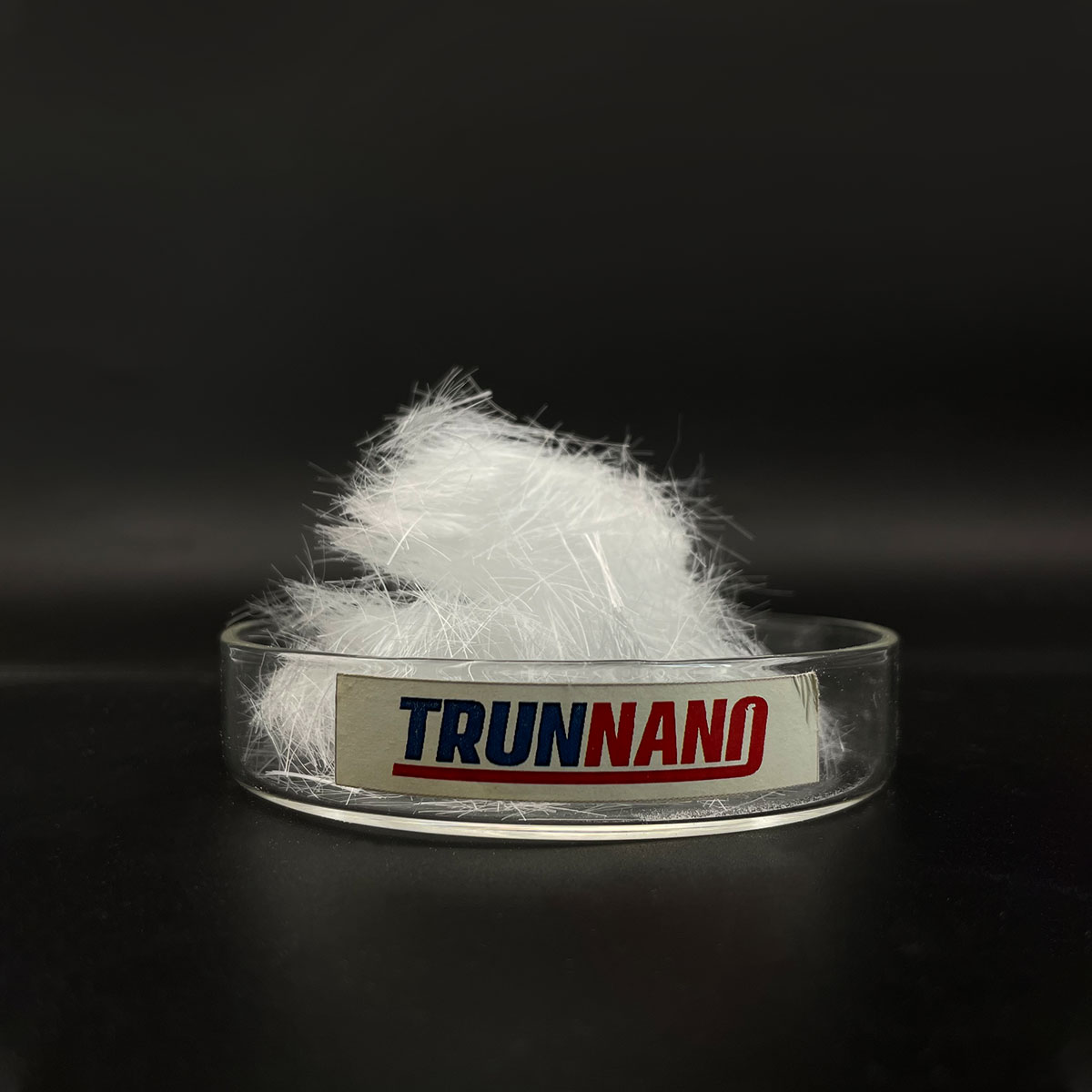Introduction to PVA Fiber: A Game-Changer in Cementitious Composites
Polyvinyl Alcohol (PVA) fiber has actually become a leading strengthening product in contemporary cement-based composites, reinventing the performance and toughness of concrete frameworks. Known for its high tensile toughness, outstanding bond with concrete matrices, and superior resistance to alkaline settings, PVA fiber is at the leading edge of innovative fiber-reinforced concrete (FRC) modern technology. Its combination into ultra-high-performance concrete (UHPC), crafted cementitious composites (ECC), and strain-hardening cementitious materials (SHCM) marks a significant jump toward ductile, crack-resistant, and sustainable building and construction solutions.
(PVA Fiber)
Chemical and Mechanical Residences of PVA Fiber
PVA fiber is an artificial polymer identified by high hydrophilicity, modest modulus of flexibility, and solid interfacial bonding with cementitious materials. Unlike steel fibers, which are prone to rust, or polypropylene fibers, which supply limited mechanical reinforcement, PVA fibers combine flexibility with strength– displaying tensile toughness exceeding 1,600 MPa and elongation at break around 6– 8%. Their microstructure permits reliable split bridging, energy dissipation, and post-cracking ductility, making them excellent for applications requiring strength and influence resistance without endangering workability.
System of Crack Control and Ductility Improvement
The main feature of PVA fiber in concrete is to manage microcrack proliferation and improve post-cracking actions. When consistently dispersed within the matrix, PVA fibers act as micro-reinforcement components that connect cracks initiated throughout filling or shrinkage. This device considerably enhances flexural strength, fracture durability, and power absorption ability. In Engineered Cementitious Composites (ECC), PVA fibers allow strain-hardening actions, where the material shows several great fractures rather than disastrous failure. This special property mimics the ductility seen in steels, changing traditionally fragile concrete right into a quasi-ductile product appropriate for seismic-resistant and fatigue-prone frameworks.
Applications in Framework, Repair Service, and Prefabricated Systems
PVA fiber-reinforced concrete is significantly made use of in infrastructure tasks demanding high sturdiness and strength. It plays a critical function in passage cellular linings, bridge decks, water containment frameworks, and blast-resistant structures because of its ability to resist spalling under extreme problems. In structural repair and retrofitting, PVA-modified mortars give improved adhesion, decreased shrinkage fracturing, and enhanced long-term efficiency. Upraised components integrating PVA fibers take advantage of regulated splitting, dimensional stability, and much faster demolding cycles. Furthermore, its compatibility with automated spreading procedures makes it appropriate for modular and 3D-printed building and construction systems.
Sustainability and Environmental Conveniences
Past mechanical efficiency, PVA fiber adds to lasting building practices. By making it possible for thinner, lighter, and longer-lasting frameworks, it reduces general product usage and embodied carbon. Compared to steel fiber-reinforced concrete, PVA fiber eliminates concerns connected to corrosion staining and galvanic corrosion, extending service life and decreasing upkeep expenses. Some formulations now include bio-based or partially naturally degradable variations, lining up with environment-friendly building standards and round economic climate principles. As environmental regulations tighten, PVA fiber presents a feasible alternative that stabilizes architectural stability with environmental responsibility.
Obstacles and Limitations in Practical Implementation
Despite its benefits, the fostering of PVA fiber faces difficulties associated with set you back, dispersion, and curing sensitivity. PVA fibers are a lot more pricey than standard artificial fibers, limiting their usage in budget-sensitive applications. Accomplishing uniform diffusion calls for specialized mixing methods, as inappropriate handling can lead to balling or segregation. In addition, PVA fibers are delicate to long term wet-dry cycling, which might affect lasting bond efficiency if not appropriately dealt with via fiber surface treatment or hybrid fiber strategies. Attending to these problems calls for continued research into economical production techniques and performance optimization.
Innovations Driving Next-Generation PVA Fiber Technologies
( PVA Fiber)
Ongoing developments in fiber design are broadening the abilities of PVA fiber in construction. Surface area alteration methods such as plasma treatment, etching, and layer with nano-silica or polymer layers are improving fiber-matrix interaction and longevity. Crossbreed systems combining PVA with other fibers– such as carbon or basalt– are being checked out to maximize mechanical homes throughout different filling scenarios. Scientists are additionally developing wise PVA fibers embedded with noticing capabilities for real-time structural wellness tracking. These technologies are pushing the borders of what fiber-reinforced concrete can achieve, paving the way for smart, flexible building materials.
Market Fads and Global Industry Outlook
The worldwide market for PVA fiber in construction is growing gradually, driven by boosting demand for high-performance concrete in Asia-Pacific, North America, and Europe. Federal governments and sector leaders are investing in resilient facilities, catastrophe mitigation, and sustainable urban growth– key motorists for PVA fiber adoption. Leading chemical and building and construction material vendors are expanding product, enhancing technological support, and teaming up with scholastic organizations to improve application methods. Digital tools such as AI-driven mix style software and IoT-enabled fiber application systems are further simplifying implementation, improving efficiency, and ensuring constant high quality throughout large-scale tasks.
Future Potential Customers: Assimilation with Smart and Resilient Building Ecosystems
Looking ahead, PVA fiber will play a central role fit the next generation of wise and durable construction environments. Integration with electronic twin systems will enable engineers to simulate fiber-reinforced concrete habits under real-world conditions, enhancing design before deployment. Breakthroughs in self-healing concrete integrating PVA fibers and microcapsules are expected to extend structural life-spans and decrease lifecycle prices. In addition, as the building field embraces decarbonization and automation, PVA fiber stands out as a key enabler of light-weight, high-strength, and ecologically receptive structure products customized for the future.
Supplier
Cabr-Concrete is a supplier of Concrete Admixture under TRUNNANO with over 12 years of experience in nano-building energy conservation and nanotechnology development. It accepts payment via Credit Card, T/T, West Union and Paypal. TRUNNANO will ship the goods to customers overseas through FedEx, DHL, by air, or by sea. If you are looking for high quality engineered concrete pva fiber, please feel free to contact us and send an inquiry(sales5@nanotrun.com).
Tags: pva fiber,polyvinyl alcohol fiber, pva concrete
All articles and pictures are from the Internet. If there are any copyright issues, please contact us in time to delete.
Inquiry us

